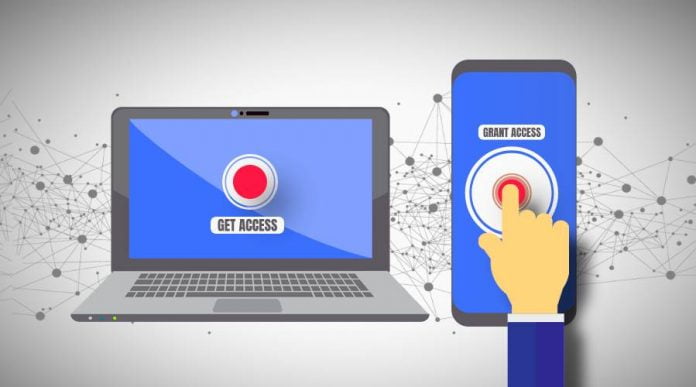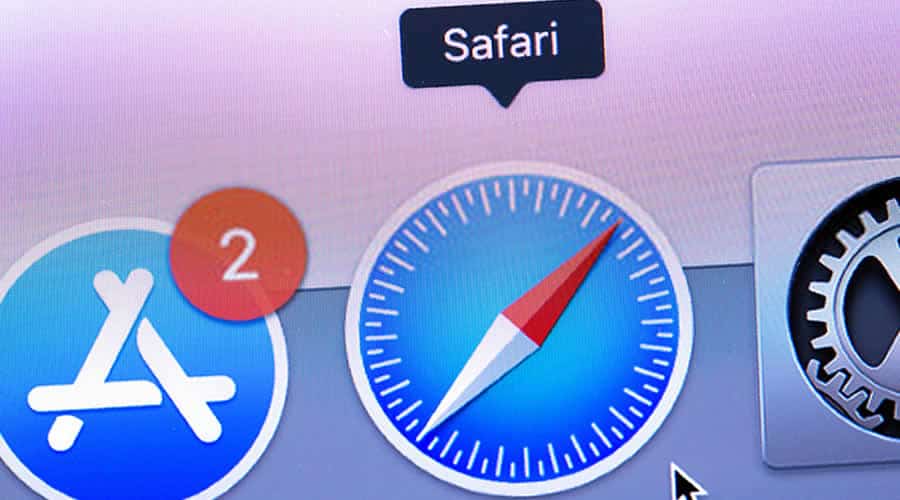A robust approach to data management is a must-have in almost any industry. It is necessary to have innovative systems in place for the collection, storage, and use of data. In all of these aspects, technology can extend a helping hand. With that, this article will quickly look at some of the best ways by which technology is transforming data management.
Contents
1. It Provides New Learning Opportunities
Training is important for organizations to approach data management in the right way. Technology makes this possible. For instance, those who are interested in learning the fundamentals of data analytics do not need to enroll in a traditional classroom-based course. Instead, technology makes it possible to learn online. Virtual classrooms and online courses will present new opportunities to widen one’s knowledge and skills in data management. Online courses, such as a data science course can help you understand the principles of data so that you are better equipped to make informed business decisions. This can help you understand how useful data can be for a business and how to successfully implement it.
2. It Implements Artificial Intelligence
Artificial intelligence (AI) and data management are synergistic. For the successful delivery of data-driven business transformation, one of the most important technologies is AI. This will change the way people process or analyze data. It can also improve the quality and accuracy of data, making it more valuable in decision-making.
3. It Digitizes Documents
Despite efforts to build a more sustainable society, it is undeniable that we are living in a paper-based society. In many organizations, they have to deal with thousands of pages of paper, including business documents, memos, and contracts, among others. With the help of technology, it is easier to pioneer digital transformation. Through data management tools, documents can be stored electronically, which is also one way to go green.
4. It Improves Security
A data breach can happen in the absence of solid security protocols in place. With the help of technology, it is easier to secure the data that the organization has. Tech tools will enable state-of-the-art security, such as firewalls and two-factor authentication. This way, data will be less vulnerable to risks.
5. It Embraces the Cloud
Technology makes it possible for businesses to embrace cloud computing. In turn, this is one of the hottest trends in data management today. Embracing the cloud is a good way to reduce costs. There’s no need to pay a full-time IT team. You can also enjoy significant savings when it comes to hardware or IT infrastructure. Plus, it improves collaboration and communication. All of these things will give the organization a new perspective on data management.
6. It Improves Collaboration
Technology also makes collaboration possible, which is important in improving an organization’s take on data management with the cloud. For instance, users can access documents anytime and anywhere. This means that they can work with their teams even when they are outside of the office. Technology allows collaborative approaches when managing data.
In sum, from providing new learning opportunities to embracing the cloud, there are many ways by which technology is transforming data management. Because data is valuable, businesses must embrace these trends to improve the way they use data in their operations.









